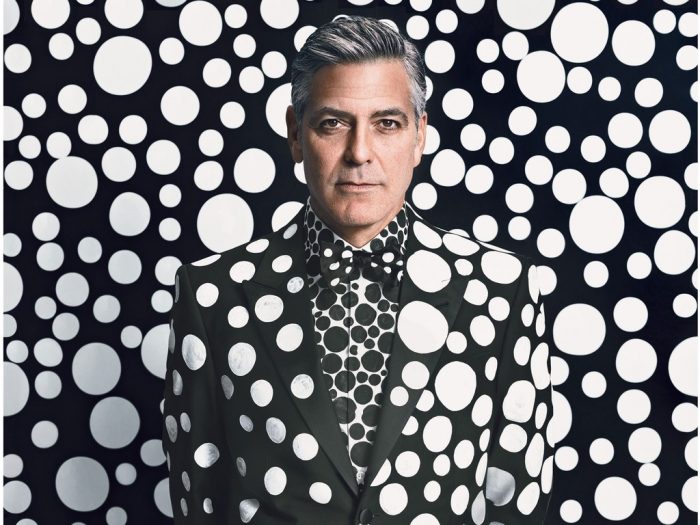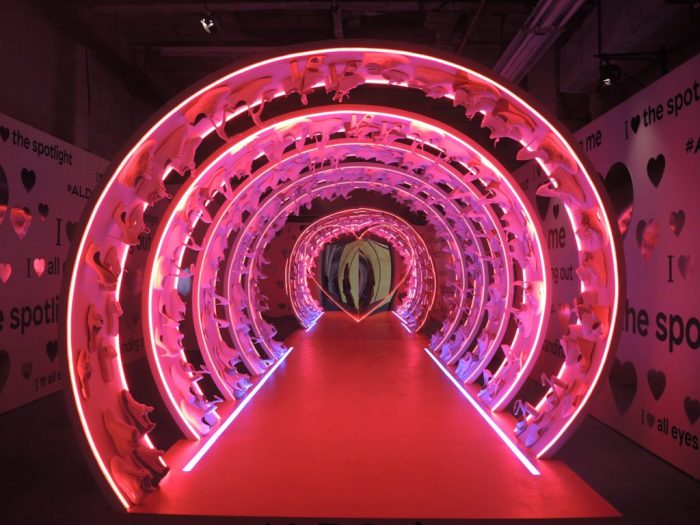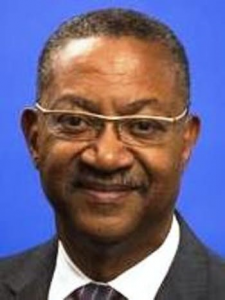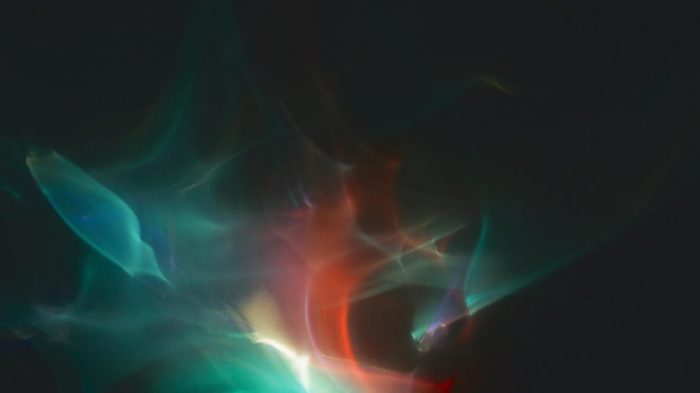ICYMI: Highlights from the week that was Dec. 24 – Dec. 30, 2017
No one can keep up with everything, so let us do it for you. We’ll gather the top Smithsonian stories from across the country and around the world each week so you’ll never be at a loss for conversation around the water cooler.
We spent the last week of the year thinking about art and augmented reality…and a peripatetic blue crab.
From Yayoi Kusama to the Museum of Ice Cream, 2017 Was the Year of the Art Selfie
W magazine, December 26
When Yayoi Kusama’s “Infinity Mirrors” exhibit opened earlier this year at the Smithsonian’s Hirshhorn Museum and Sculpture Garden in Washington, D.C., it brought nearly 160,000 bodies into the museum, in search of the perfect selfie backdrop. That number, though, is nothing compared to the 91 million Twitter and Instagram accounts that shared their conquests with the hashtag #InfiniteKusama. By now, you have surely seen at least one. In 2017, there were few social brags as ubiquitous as a photo snapped from the inside of a Yayoi Kusama exhibit, which was also achieved at the Broad—one of the hardest tickets of the year to get—and the artist’s first museum in Tokyo.
Yet, those were just a few of the art selfie destinations that popped up this past year. In 2017, the relationship between the art world and Instagram became increasingly tangled as photo-baiting exhibits from Coachella Valley’s Desert X to the celebrity-endorsed Museum of Ice Cream dominated the social platform. That’s not to mention Los Angeles’ Happy Place, Candytopia, and the city’s inaugural installment of Refinery29’s 29Rooms either, which have all opened in the closing months of the year. By now, four years after selfie was dubbed the word of the year by the Oxford Dictionaries, the guiding impulse to plan your free time around growing your Instagram is nothing new. In fact, this year it was revealed that some people even plan their vacations based on the potential of Instagram likes—in addition to already catering their wardrobe to it. What is new, however, is the sheer volume of art installations that double as selfie backdrops. Read more from Marissa G. Muller for W.
Next: 23 Art Curators to Watch Who Took on New Appointments in 2017
Culture Type, December 27

Augustus (Gus) Casely-Hayford, director of the Smithsonian’s National Museum of African Art. (Photo by Jaimie Gramston)
The art, exhibitions, and programming featured in museums and cultural institutions is largely shaped, guided and decided upon by curators, an elite group lacking racial and ethnic diversity. A recent survey from the Mellon Foundation found that representation for black curators (and conservators, educators and leaders) in the museum sector is dismal—just 4 percent.
To address the issue, two foundations made new commitments aimed at training and hiring curators of color. In November, the Ford Foundation and Walton Family Foundation announced the Diversifying Art Museum Leadership Initiative, a $6 million effort to diversify management and curatorial staffs at U.S. museums through creative solutions.
The diversity initiative supports “innovative strategies and programs to advance diversity across the sector, including hiring professionals from under-represented populations and offering fellowships, mentorships, and other career development options for diverse professionals.” Twenty programs are being funded at museums such as the Studio Museum in Harlem, major mainstream museums, and galleries at HBCUs. Read more from Victoria L. Valentine for Culture Type.
State of the Culture, Part I: Museums, ‘Experiences,’ and the Year of Big Fun Art (Opinion)
In a look back on the epochal shifts we experienced in art and culture in 2017, Ben Davis explains how we got to the odd place we are today.
ArtNet News, December 27
Last year, the day after the election, the headline of the New York Times blared “TRUMP TRIUMPHS.” Below the fold, another story was teased beneath the heading “FAILED PREDICTIONS,” whispering something else: “Media Didn’t See It Coming.”
As I tried to imagine what to say about this intense year, I thought of that. In 2017, the political outrages were so many and so battering that it’s easy to lose track of the ways that basic assumptions about how art functions are changing. Without some assessment of the latter, it’s hard to know if art is properly responding to the moment at all. With all of the flashes of controversy in the air, we may miss the larger, slower, destabilizing tectonic shift underfoot.
In other words: We may not see it coming, again.
So I thought I would end the year with some reflections on the shifting art-and-media landscape, and how it is affecting museums, artists, and critics. Here we go. Read more from Ben Davis for ArtNet.
Smithsonian expert to tell saga of how National Museum of African American History and Culture came to be
The Dallas Morning News, December 26
Researchers say well over a million people have visited the National Museum of African American History and Culture since it opened Sept. 24, 2016, in Washington, D.C.
Efforts to open a museum dedicated solely to black history and culture in America date to at least 1915, when Woodrow Wilson was president. The idea gained and lost steam over the decades until finally picking up momentum in the 1980s with visions of a building on the National Mall as part of the Smithsonian Institution’s museum complex.
The museum’s history is so convoluted that only a select few know the whole story.
John W. Franklin is among that group. Read more from Norma Adams-Wade for The Dallas Morning News.
Tending to the Lost Light of Thomas Wilfred’s ‘Lumia’
There’s one show of lights you won’t want to miss this holiday week in Washington.
The Weekly Standard, December 28
For most of November and December, an unusual modern art exhibition down from New Haven didn’t seem to be getting its due notice. At least whenever I returned to these beautifully installed, dark back galleries of the Smithsonian American Art Museum, the rooms holding Lumia: Thomas Wilfred and the Art of Light were never empty—but not quite crowded as they should be.
Wilfred, a Danish-born artist unsatisfied with the power of painting and sculpture to convey light and movement, came to America to pioneer a form of mechanical light art he called “lumia.” His best-known work commanded a section of the Museum of Modern Art for the final years of his life after the Modern, which still owns three of his works, commissioned from him Lumia Suite Opus 158, a bursting layered screen of colored light controlled by stained glass and a motor behind the wall, in 1963. (You can see it and decades more of Wilfred’s lumia at the Smithsonian until January 2nd.) Read more from Alice B. Lloyd for The Weekly Standard.
Tagged blue crab caught locally raises eyebrows
ChronicleOnline (Crystal River, Fla), December 28
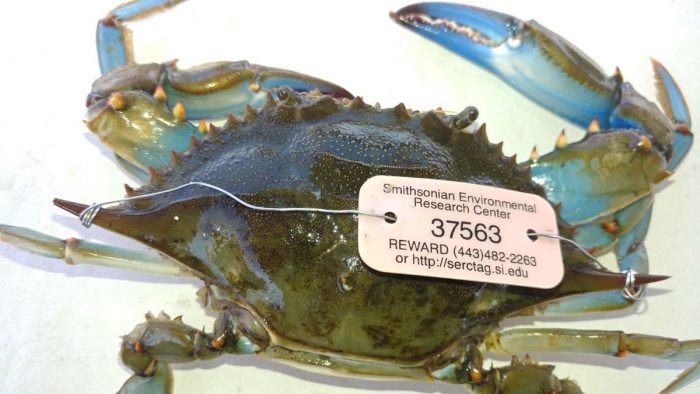
A male blue crab tagged in Maryland in 2015 sits on Tom Cochran’s boat on Wednesday. Cochran caught the crab in nine feet of 67-degree water in the Crystal River. (Photo by Carly Zervis)
When Tom Cochran started crabbing in the Crystal River, he didn’t think he’d make the news.
But on Wednesday, Cochran caught a crab he considered noteworthy: one with a tag on it that read “Smithsonian Environmental Research Center.”
The concept of tagged crabs wasn’t totally new to him — his wife had told him to be on the lookout after reading an article about a program in Maryland.
That program began in the Fish and Invertebrate Ecology Lab — also known as the Crab Lab — at the Smithsonian Environmental Research Center in Edgewater, Maryland. In an effort to provide more accurate recreational harvest estimates and as part of a larger effort to better understand the health and migration of the blue crab population, researchers released tagged crabs in the Maryland portion of the Chesapeake Bay between 2003 and 2016. Rewards were paid to both recreational and commercial crabbers who reported catching a tagged crab. Read more from Carly Zervis for the Chronicle.
Mark Bradford Reimagines “Pickett’s Charge” to Include New Voices
Within Bradford’s “Pickett’s Charge,” there is a rawness, a free construction that flies in the face of popular culture’s insistence on a simplified historical and visual record.
Hyperallergic, December 29
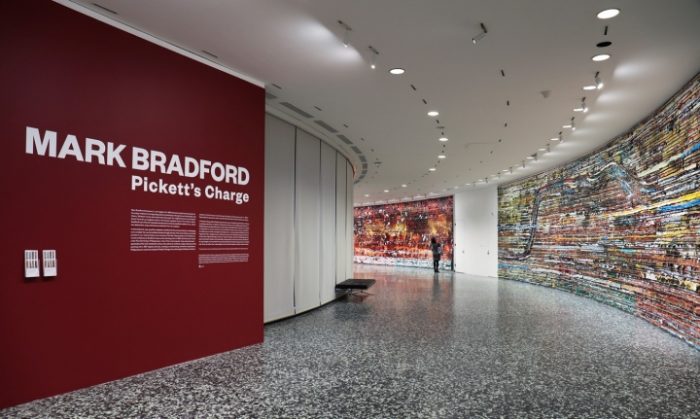
Installation view of Mark Bradford: Pickett’s Charge at the Hirshhorn Museum and Sculpture Garden, 2017 (all images courtesy of the artist and Hauser & Wirth unless otherwise noted, this photo by Cathy Carver)
The events that create our concept of history undergo constant reimagining and reframing by our changing social, political and artistic agendas. Paul Philipoteaux provided a certain frame around this nation’s Civil War, presenting an appealing face to its brutality with his noble history painting “Pickett’s Charge,” which was completed in 1883. Mark Bradford expands this perspective by introducing nuance and room for interpretation to one of America’s most difficult moments, giving space for new ideas to form concerning who and what we are as a people. His 2017 recreation of “Pickett’s Charge” encourages a kind of public reeducation, imagining that we can remake our version of history, together. Read more from Lyric Prince for Hyperallergic.
The rise of augmented reality
Axios, December 30
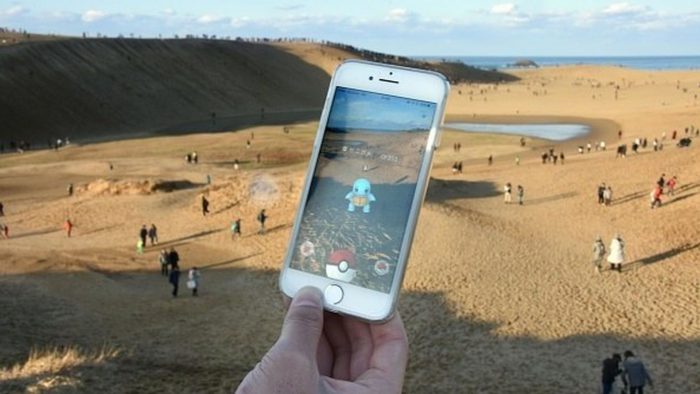
A player at the Pokémon Go event held at the Tottori Sand Dunes in Western Japan. Photo: Kyodo News via Getty Images
Pokémon Go gave us an early look at augmented reality it in the summer of 2016, and now the tech giants of the world are also launching their own AR technology, which will open the way for a lot of AR apps to pop up over the next year.
In the next few years, we’re going to see AR develop significantly and start to break through to the mainstream. Once that happens, it will effect almost every aspect of daily life — from entertainment and work to education and transportation. Read more from Alayna Treene for Axios.
Posted: 30 December 2017

